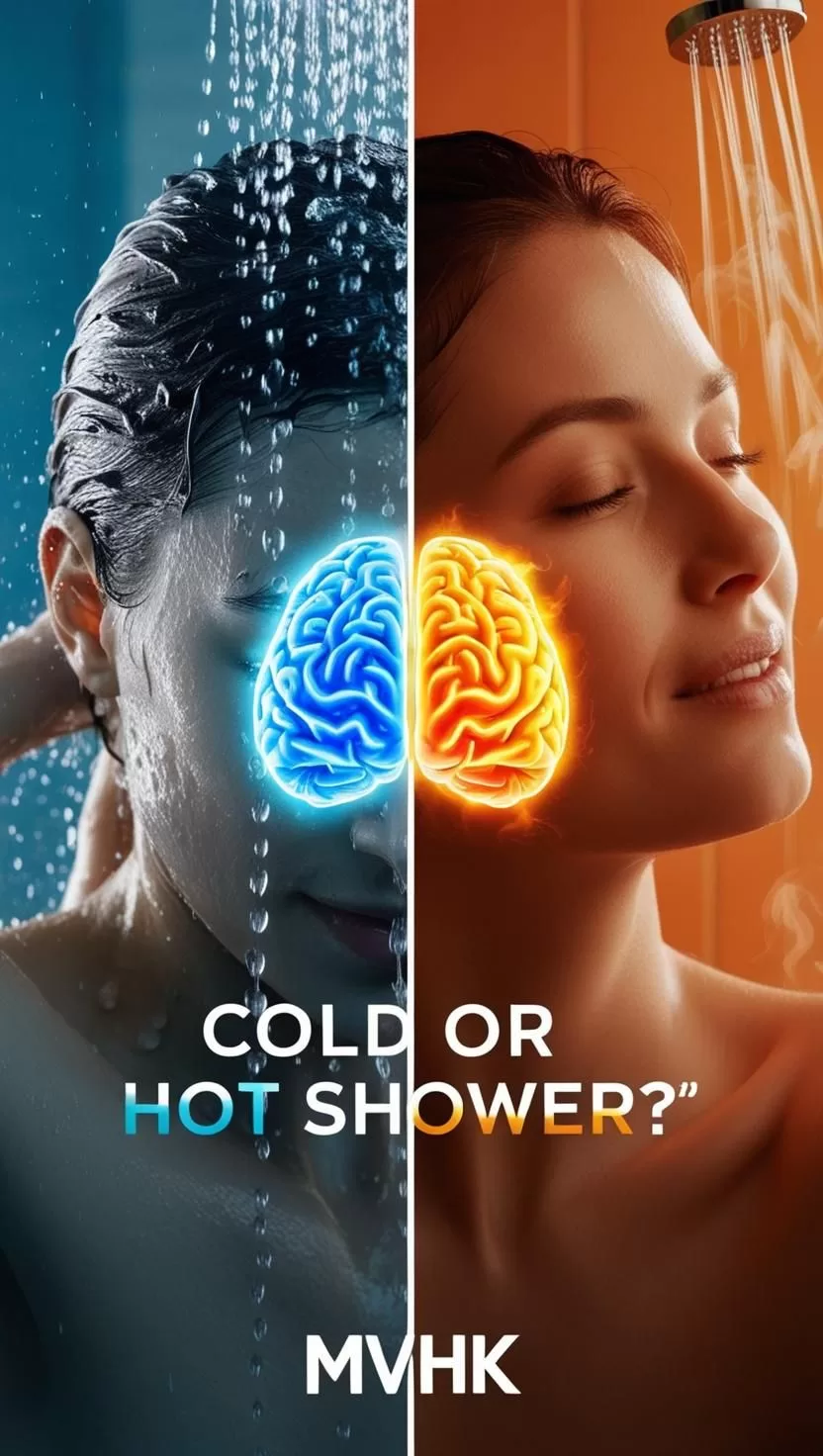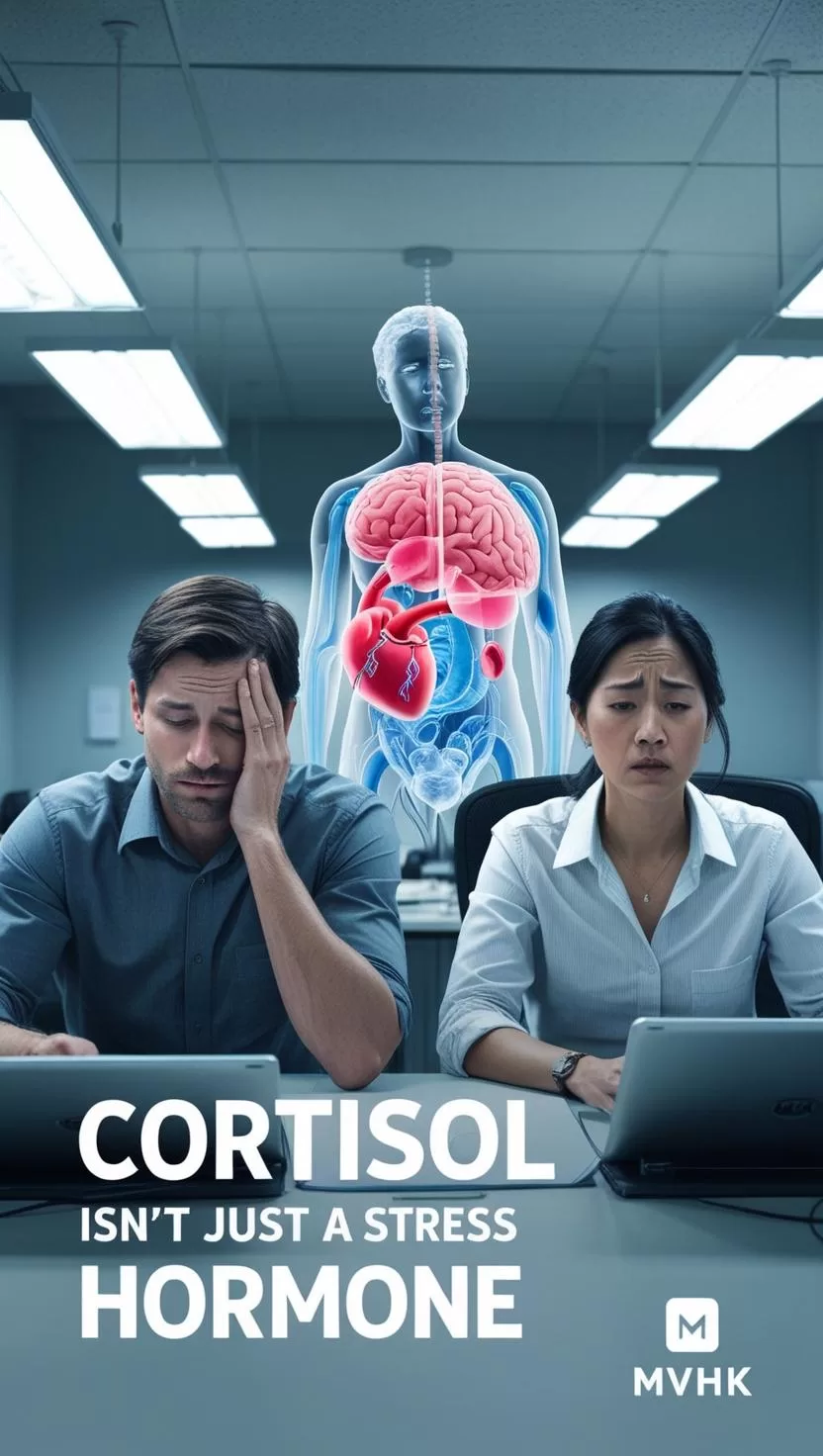Cold vs. Hot Shower: How Alternating Temperatures Rewire Your Brain for Mental Resilience
Taking a shower might feel routine, but what if the simple act of alternating between cold and hot water could boost your mental health and sharpen your focus? According to neuroscientific research, contrast showers — using both cold and hot temperatures — can help regulate your nervous system and build long-term stress resilience. Let’s dive into the mind-body magic behind temperature therapy.
1️⃣ Cold Showers Stimulate Your Nervous System
❄️ How Cold Showers Trigger Mental Alertness
Cold showers activate the sympathetic nervous system, increasing norepinephrine production — a neurotransmitter associated with alertness and focus. This “shock” effect primes your brain for action, increasing mental acuity and wakefulness.
📖 Source: PubMed Study on Cold Exposure & Cognitive Response
❄️ Benefits for Mood & Depression
Cold exposure has shown promise in reducing symptoms of depression by stimulating endorphin release. Cold showers may mimic this effect, acting as a natural mood booster without pharmaceutical intervention.
2️⃣ Hot Showers Relax and Restore the Mind
🔥 The Parasympathetic Effect of Warm Water
Hot water activates the parasympathetic system — your body’s “rest and digest” mode. This shift lowers cortisol levels, eases anxiety, and prepares you for rest. That’s why a warm shower before bed often leads to deeper sleep.
🔥 Muscle Relaxation & Headache Relief
Heat therapy has long been used for pain relief. A hot shower helps loosen muscle tension, reduce headache symptoms, and dilate blood vessels, improving oxygen flow to the brain.
3️⃣ Contrast Showers: The Best of Both Worlds
🧊🔥 What Is a Contrast Shower?
A contrast shower alternates between cold and hot water — usually 1–2 minutes of hot, followed by 30 seconds of cold, repeated for 3–5 cycles. This switching challenges your autonomic nervous system to adapt quickly, enhancing resilience.
🧊🔥 Mental Health Benefits of Alternating Temperatures
Contrast showers stimulate circulation and encourage neuroplasticity. By subjecting your body to controlled temperature stress, you train your mind to better manage real-life stressors.
✅ Increased dopamine levels
✅ Improved focus and clarity
✅ Enhanced sleep-wake rhythm
✅ Sharpened emotional regulation
📖 Harvard Health: The Science of Temperature Therapy
✅ Conclusion: How to Get Started Today
You don’t need a cryotherapy chamber or a spa visit to start — just your regular shower. Here’s how to incorporate contrast therapy into your routine:
- Begin with 2 minutes of warm water
- Switch to 30–60 seconds of cold
- Repeat this cycle 3–5 times
- Always end with cold to stimulate alertness
🚿 Pro Tip:
Use morning contrast showers for energy, and evening hot showers for calm recovery.
📚 FAQ
Can contrast showers help with anxiety?
A: Yes. Alternating temperatures activate your autonomic nervous system, which can reduce baseline stress and improve emotional regulation.
How long should each hot and cold cycle be?
A: Typically 1–2 minutes hot and 30–60 seconds cold. Adjust based on your tolerance.
Is this safe for people with heart conditions?
A: People with cardiovascular conditions should consult a doctor, as sudden temperature shifts may affect blood pressure.






